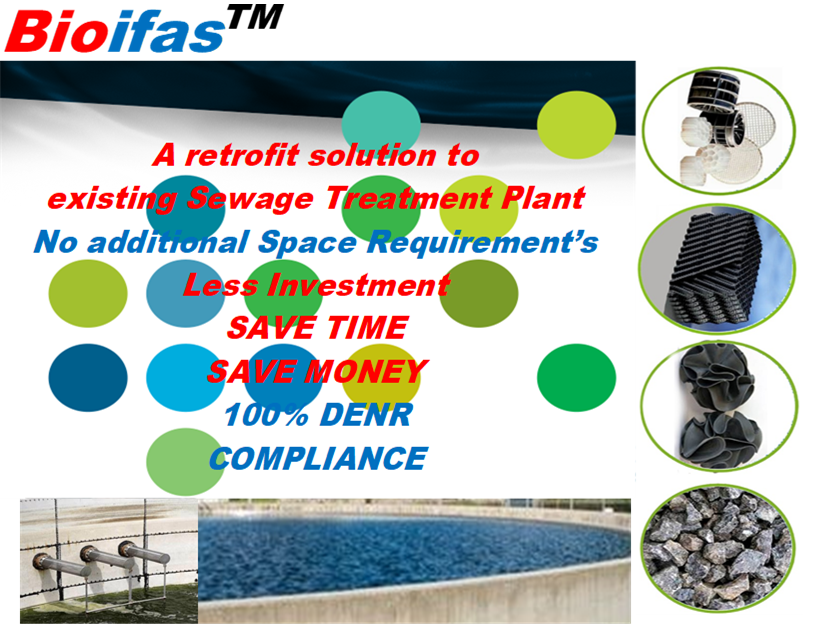Do you what to upgrade your existing sewage treatment? – No foot print change – No major CapEx- Compliance to DENR. For Condo, hotel, restaurant and hospital owners.
If you are a managers or owners of a condominium/ hotels/ restaurants and or hospitals and if you are struggling to upgrade your old existing sewage treatment plant to meet the new Philippines DENR RA 9275 Clean Water Act and its latest Regulation DAO 2016-08 on general effluent Standard then we have solution for you.
Avlon Inc, is a Filipino company and we help STP (Sewage Treatment Plant) operators to who wanted to upgrade their existing STP to meet DENR standards without changing existing foot print (no additional space required) and with very low capital investment and also without making major shift in the operational practices.
Yes, this is possible and Avlon stands guarantee meet Philippines DENR RA 9275 Clean Water Act under its latest Regulation DAO 2016-08 on general effluent Standard. Let’s understand how we do it. Keep reading……!!
The current problem faced by sewage treatment plant operators in Philippines
Because conventional biological processes designed to meet secondary treatment effluent standards typically do not remove total nitrogen (TN) and total phosphorus (TP) to the extent needed to protect receiving waters, wastewater treatment facilities are increasingly being required to implement processes that reduce effluent nutrient concentrations to safe levels.
In order to address this, Avlon is now had introduced Bioifas for biological nutrient removal (BNR) in sewage treatment plant and in wastewater treatment plants in which the nitrogen and phosphorus removal takes place before it is discharged into surface or ground water.
Existing conventional activated sludge or even the old SBR (sequential batch reactor) system can be upgraded for higher flows and nutrient removal configuration by adding additional volume of aeration tanks and clarifiers to the treatment train. However, due to scarcity of land availability in urban areas and also due to financial restrictions, this traditional solution might not help a lot to achieve treatment goals.
Converting existing Sewage treatment plant to Avlon Bioifas STP has many benefits which includes
- No additional land required
- Process flow sheet of the plant remain same and thus major hydraulic as well as civil reshuffle could be avoided
- Solids loading to clarifier is not increased with increased treatment capacity and thus same clarifier could be utilized for higher capacity.
- Improved solids removal due to improvement in the SVI values because of hybrid biomass growth
- Simultaneous Nitrification and Denitrification also feasible allowing for lower nitrate recycle ratios for achieving lower Total Nitrogen (TN) concentration in the final treated effluent.
- Most of the existing infrastructure can be employed without putting excessive burden on the total cost of upgrading existing plant.
- Not much major shift in the operational practices and thus operators can be trained effectively to handle new system.
Bioifas – An Avlon cost effective solution to upgrade your existing sewage treatment plant – how does it works?
The bioifas utilizes the benefit of a traditional activated sludge process combined with a biological fixed-film system to create a highly efficient BNR plant in a much smaller footprint. The process begins with the introduction of polyethylene biomass carriers into the activated sludge. The activated sludge removes the majority of the BOD while the biofilm is allowed to grow in the protected biomass carrier. Bioifas is most effective for nitrogen and phosphorus removal from your sewage treatment plant or wastewater treatment plant.
Bioifas incorporates two processes into sewage treatment: nitrification and denitrification. Nitrification is the conversion of ammonia to nitrate and denitrification is the conversion of nitrate to nitrogen gas. Bioifas contains fasting-acting and robust denitrifying bacteria that remove nitrate from municipal and industrial wastewater treatment processes. It increases start-up speed, improves denitrification stability, shortens recovery time after upsets, and reduces the risk of non-compliance.
For more details click here.







